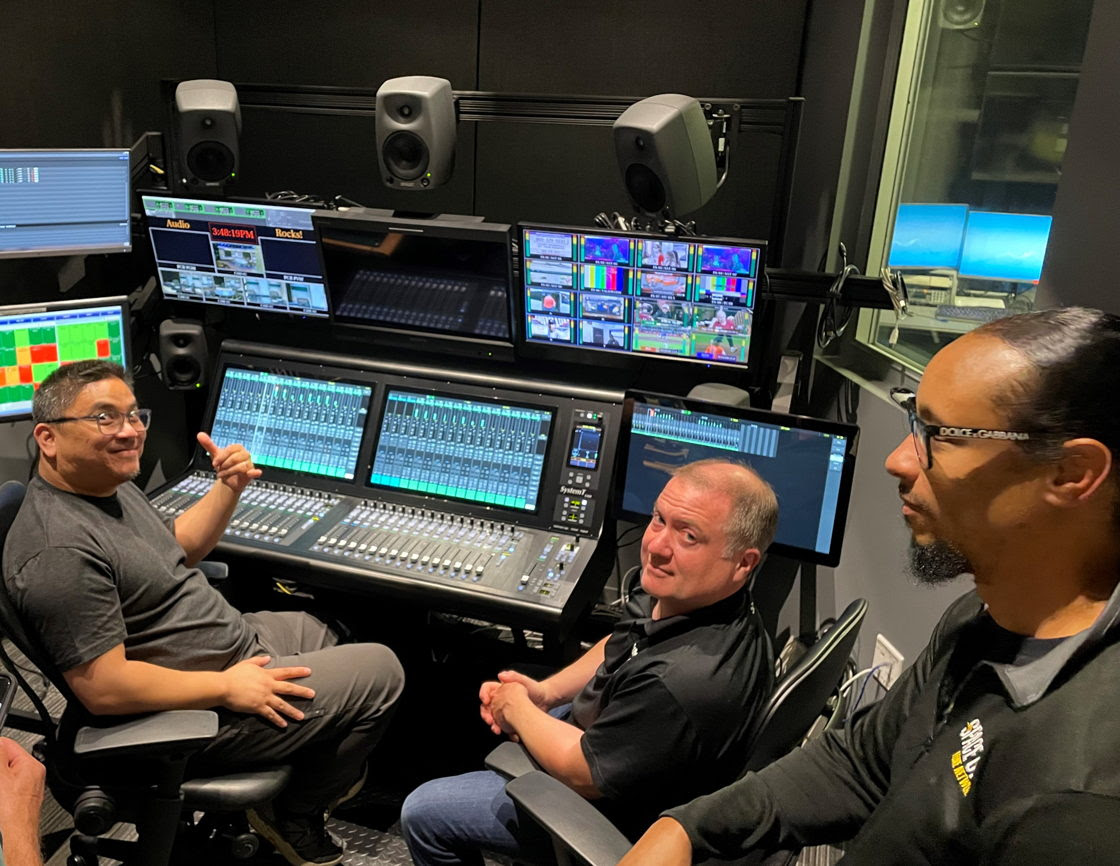New Sat Rules/Incentive Auctions Top FCC Open Meeting Topics
The FCC has issued a news release announcing the tentative agenda for its open meeting Sept. 28. There are two items on the agenda that are likely to be of interest to readers. One of these is titled, “Comprehensive Review of Licensing and Operating Rules for Satellite Services.” It states: “Advancing the Commission’s regulatory reform efforts, the Commission will consider a Notice of Proposed Rulemaking to update, streamline or eliminate earth and space station licensing requirements, reducing regulatory burdens on licensees and accelerating delivery of new satellite services to consumers.”
It will be interesting to see how the proposed rules affect popular uplinks such as those used for SNG operations and two-way broadband (ViaSat, for example).
The agenda item attracting the most attention is “Expanding the Economic and Innovation Opportunities of Spectrum through Incentive Auctions.” It states: “The Commission will consider a Notice of Proposed Rulemaking to implement an incentive auction of broadcast television spectrum.”
This is the first opportunity that broadcasters will have to see the FCC’s interpretation of compliance with the law requiring it to make “all reasonable efforts” to protect the coverage of stations retaining their spectrum. It should also outline how the FCC intends to run the auctions, and may provide an ideal of how the FCC intends to repack the UHF TV spectrum once the incentive auction is over.
The law requires the FCC to use the procedures set forth in FCC OET Bulletin 69 when calculating coverage and interference. While this provides known results, as I have pointed out many times (Google the phrase: “Doug Lung” OET-69 for pages of links) there are significant errors in OET-69, particularly in markets such as Los Angeles where most stations use mechanical beam tilt on their antennas. This is why the coverage maps you see for Los Angeles look strange, with stations having a larger contour to the north over the desert, than over Los Angeles proper. This hasn't caused any major problems that I'm aware of during the DTV transition. However, if the FCC increases the amount of interference allowed and packs stations tighter, there will likely be much more real-world interference than FCC calculations predict, even ignoring the known problems with taboo channel interference and intermodulation that Charlie Rhodes has been writing about in his TV Technology columns.
It will also be interesting to see if the FCC addresses the impact on LPTV and translator stations, which are secondary to full-service TV stations. Also, what will happen to TV band “white space” when the FCC reduces the amount of UHF broadcaster spectrum? (See my stories this week on the White Space Alliance and recent FCC actions to downgrade Class A stations from their protected status to that of unprotected LPTV stations when they failed to comply with all the rules for Class A stations.)
The professional video industry's #1 source for news, trends and product and tech information. Sign up below.

Doug Lung is one of America's foremost authorities on broadcast RF technology. As vice president of Broadcast Technology for NBCUniversal Local, H. Douglas Lung leads NBC and Telemundo-owned stations’ RF and transmission affairs, including microwave, radars, satellite uplinks, and FCC technical filings. Beginning his career in 1976 at KSCI in Los Angeles, Lung has nearly 50 years of experience in broadcast television engineering. Beginning in 1985, he led the engineering department for what was to become the Telemundo network and station group, assisting in the design, construction and installation of the company’s broadcast and cable facilities. Other projects include work on the launch of Hawaii’s first UHF TV station, the rollout and testing of the ATSC mobile-handheld standard, and software development related to the incentive auction TV spectrum repack. A longtime columnist for TV Technology, Doug is also a regular contributor to IEEE Broadcast Technology. He is the recipient of the 2023 NAB Television Engineering Award. He also received a Tech Leadership Award from TV Tech publisher Future plc in 2021 and is a member of the IEEE Broadcast Technology Society and the Society of Broadcast Engineers.
